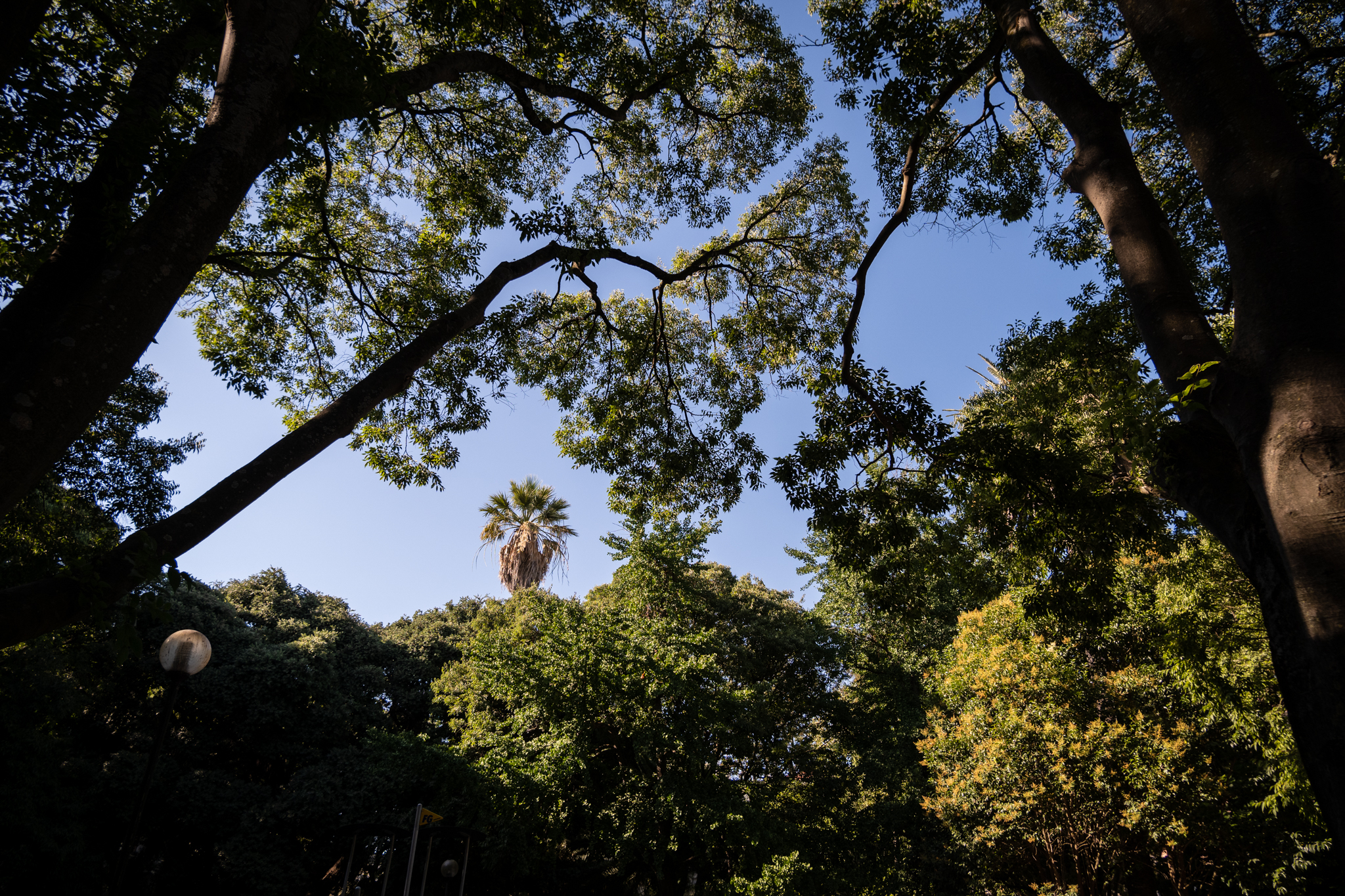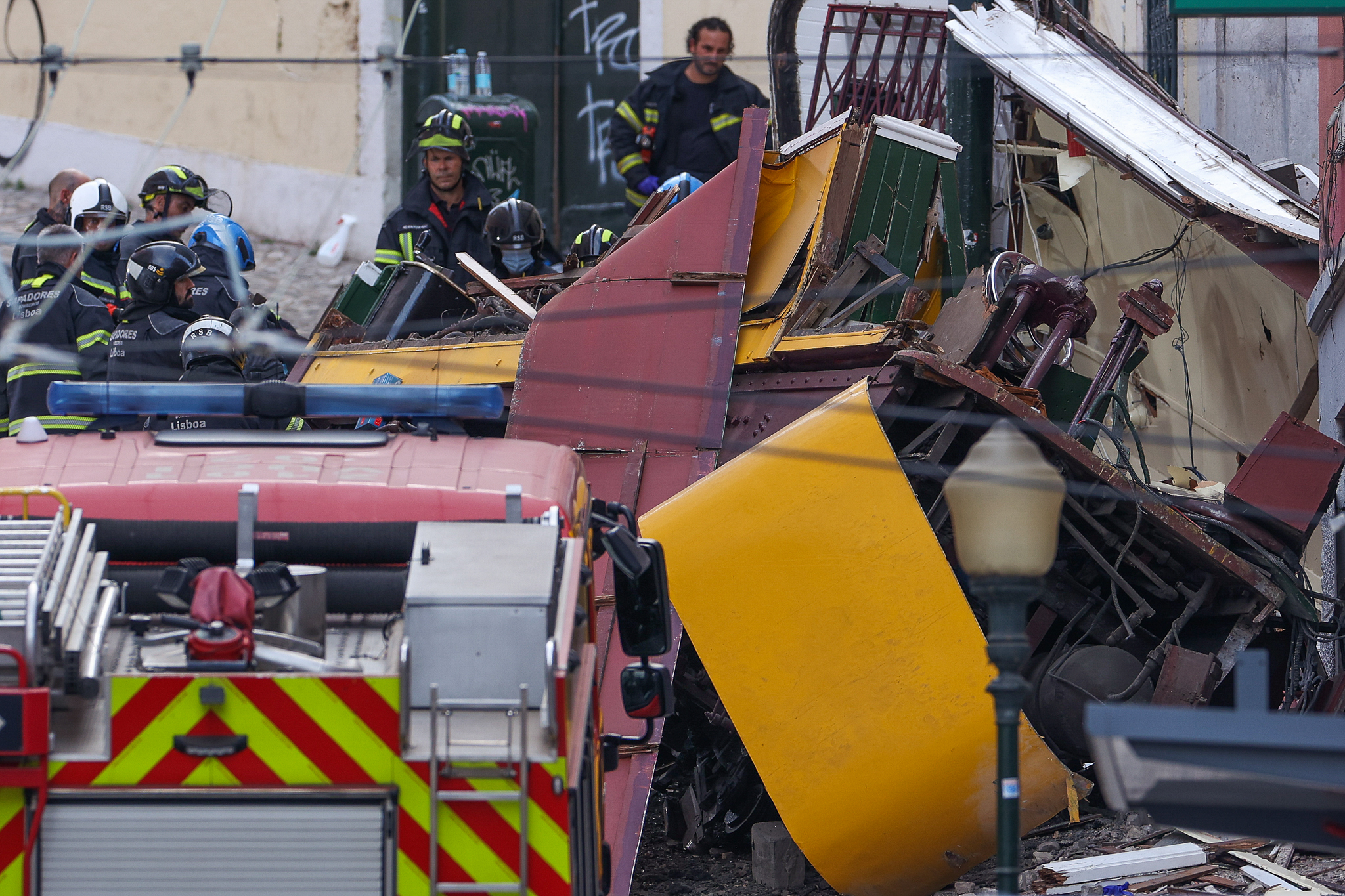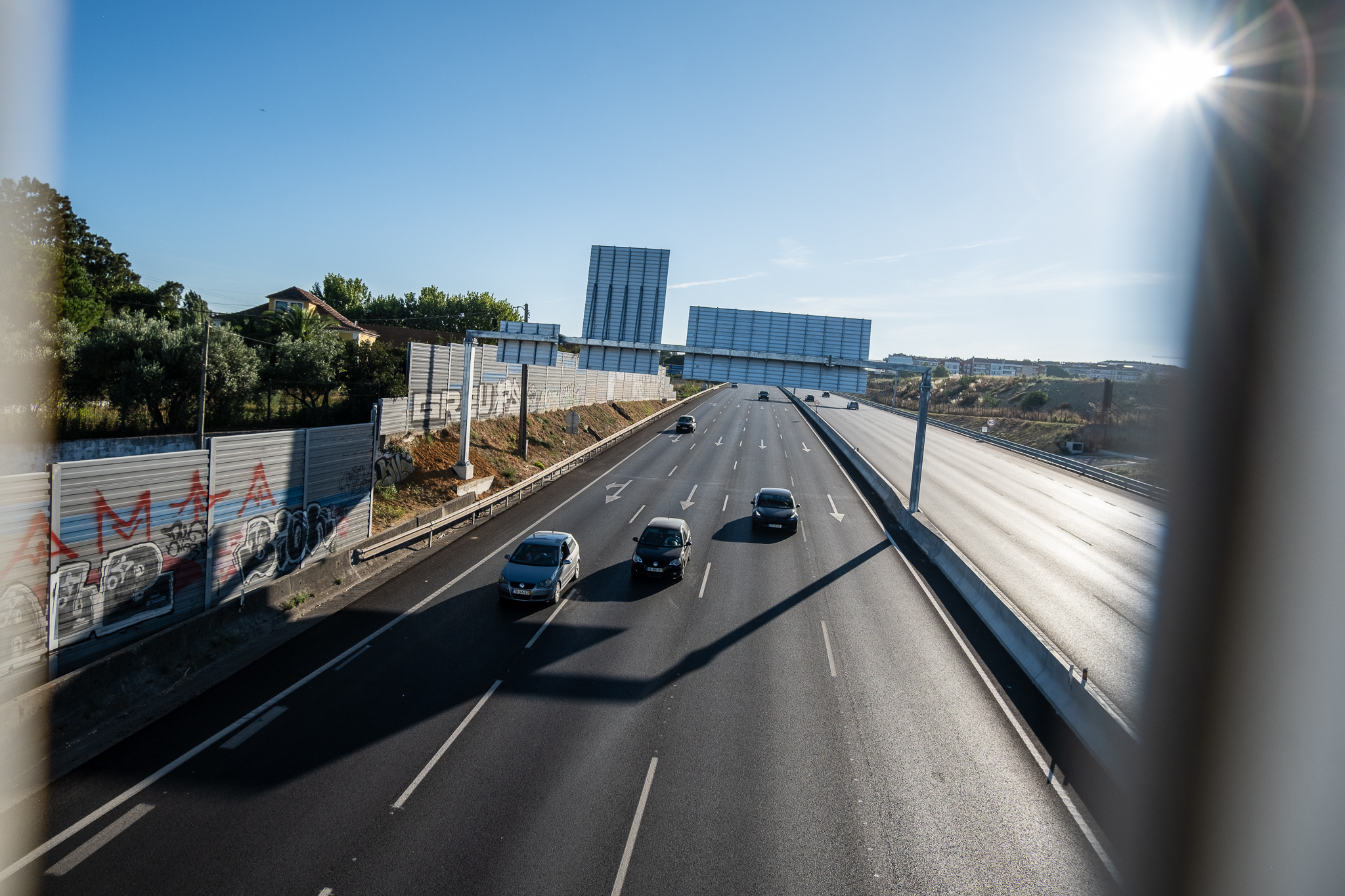Opinion.
Erroneous information has been made public about the extension of the Red line to Alcântara, with particular emphasis on the aspects that underlie the technical option for the location of Campo de Ourique station.

At the time when the Portuguese Environment Agency (APA) gave the project a positive opinion - with conditions that Metropolitano de Lisboa will and cannot fail to meet - erroneous information has been made public about the extension of the Red line to Alcântara, with particular emphasis on the aspects underlying the technical option for the location of Campo de Ourique station. It is, therefore, fundamental to promote the due clarification so that no doubts remain about the importance and relevance of this project for the improvement of mobility in Lisbon.
About the occupation of the Parada Garden, the Metropolitan reaffirms what it has already said publicly: the garden will maintain its current characteristics, continuing to play a fundamental role as a meeting and leisure spot for the population.
In the construction execution phase, and for safety reasons, the existing playground space will be relocated and the yard areas to be occupied will be restricted as much as possible. It will be built a single attack well in the space where a support building now stands. When the station opens to the public, two elevators will be the only emerging structures, to be located in the space currently occupied by the aforementioned building.
Regarding logging, it is important to be clear and not to feed untruths. No protected or century-old species will be slaughtered. In the construction phase, it is only planned to transplant 6 loppers that will be affected by the construction of the only attack well and by the implantation of the construction site. These are species that are not classified. A 20-meter radius protection zone will also be set up for the three existing classified tree specimens and their phytosanitary state will be monitored. In the post-work phase, it is planned to replant 4 specimens on the site affected by the construction site.
If there is any doubt regarding the trees being affected by the work, we recommend that you seek the advice of the Institute for Nature Conservation and Forests in the public consultation, available on the APA website: "Given the depth at which the tunnel will be executed and the location of the accesses to Campo de Ourique station, it does not appear that there will be direct affectation."
There are countless examples of stations, tunnels, or use of construction site areas that were set up in gardens or public squares during the 64 years of operation of the MetroJardim Zoológico station, built in the open air and which required interventions inside the Zoo, namely the emptying of the lake, the stations on Av. da Liberdade, Praça dos Restauradores, Rossio and Praça do Comércio, Avenidas Novas, Jardim das Camélias (Quinta das Conchas to Lumiar section), Largo da República da Turquia (Lumiar station), Avenida Duque d'Ávila and Jardim Arco Cego (Saldanha station), Alameda da Encarnação, among others. All locations have been restored to even more attractive and optimized conditions.
Regarding the pedestrian accesses to the future station, it is reaffirmed that they are planned outside the perimeter of the garden, located respectively on Francisco Metrass and Almeida e Sousa Streets.
The implantation of the station's definitive emerging structures in the urban space, as well as the dimensioning and location of the construction site areas, in the provisional phase of the work, were carefully studied and defined in extensive dialogue and coordination with Lisbon City Hall, with a view to respecting the memory and guaranteeing the current characteristics and functionality of Jardim da Parada. Metropolitano explained these updated facts during the public information session promoted by Junta de Freguesia de Campo de Ourique and Câmara Municipal de Lisboa about this station and the other stations planned within the scope of the extension of the Red line to Alcântara.
A project of these characteristics involves complexity, study, and pondering of technical and safety variables. The exhaustive weighting of these factors, analyzing all possible locations in the parish, led to the conclusion that the most appropriate location for the Campo de Ourique station will be under the Jardim da Parada, at a depth of about 35 meters.
The adopted solution will serve the maximum number of people while causing the least impact and constraints possible elsewhere in the parish, marked by a tight urban grid, with a single lane of traffic per lane and little parking, as well as avoiding the proximity of the tunnel to existing buildings during the construction phase.
The extension of the Red line is a complex project, which requires a global and comprehensive vision, offering the best mobility solution to the people of Lisbon. The location of each of the four planned stations is not the result of a case-by-case analysis, but of a broad and demanding consideration for the adoption of a balanced solution, based on technical studies and consultation with various entities of recognized merit and competence.
After the Circular line, the future of the Metro includes the extension of the Red line to Alcântara. Foreseen in the RRP, it has an investment of 304 million Euros and is essential for the new paradigm of sustainable mobility and decarbonization.
Vitor Domingues dos Santos is President of the Board of Directors of Metropolitano de Lisboa. His opinion article was also published in the newspaper Public.










